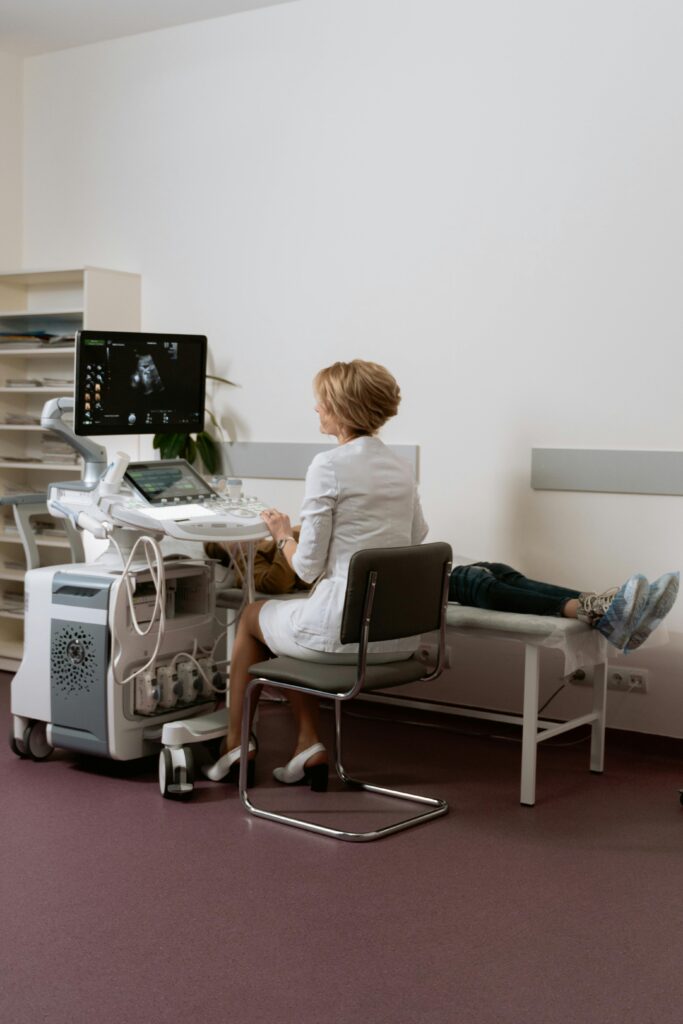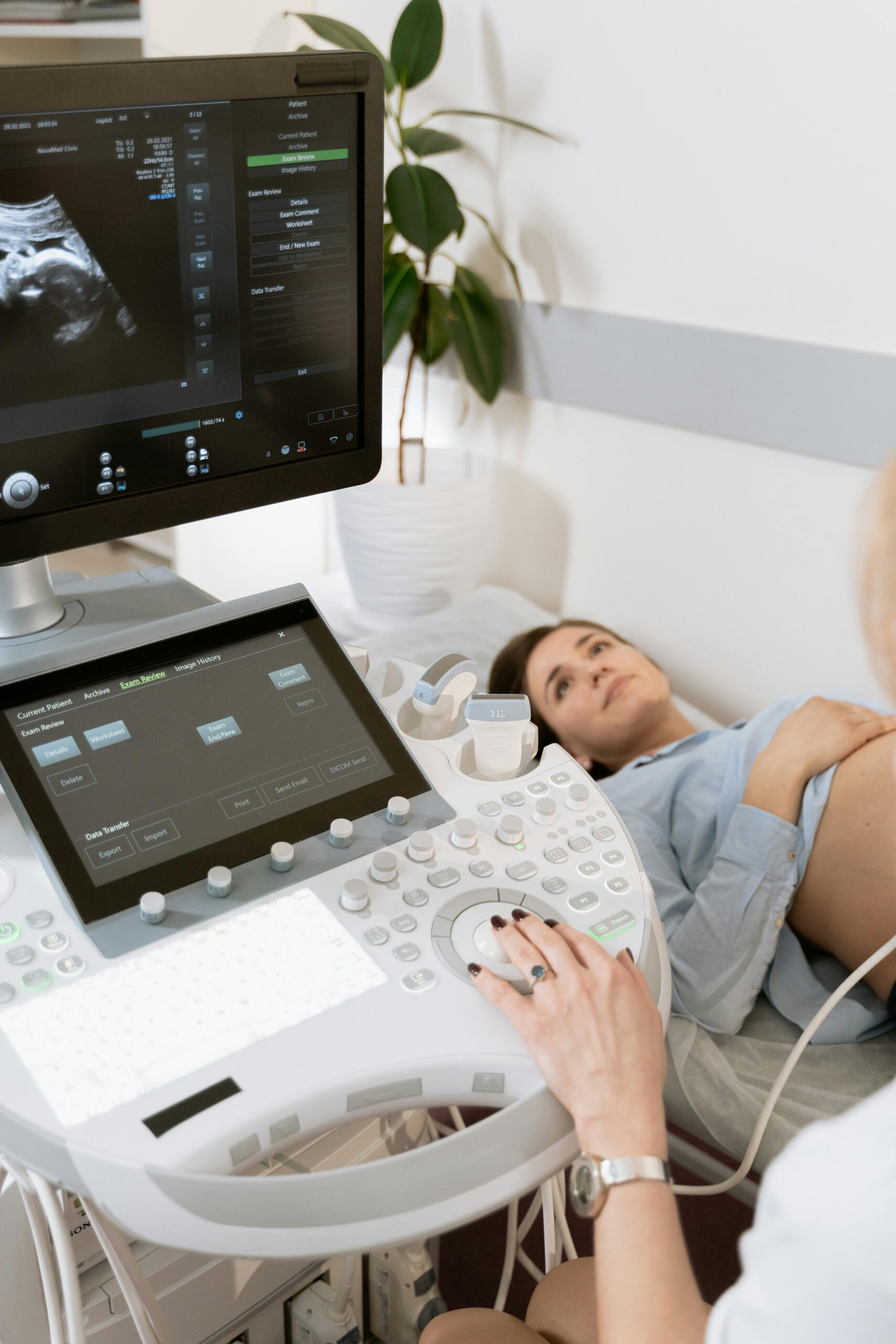Signs of Labor: How to Know It’s Time
As you near the end of your pregnancy, it’s natural to wonder how you’ll know when it’s time to go to the hospital or birth center. Labor can be an exciting yet uncertain period, and knowing the key signs will help you prepare and act when the moment arrives. Here’s a guide to help you understand the most common signs of labor and when it’s time to contact your healthcare provider.
1. Regular and Intense Contractions
One of the most definitive signs of labor is regular contractions. Unlike Braxton Hicks contractions, which are irregular and often described as “practice” contractions, true labor contractions:
- Occur at regular intervals and get progressively closer together.
- Increase in intensity and duration, typically lasting 30-70 seconds each.
- Don’t go away with movement or rest. These contractions feel like intense cramping or pressure in your lower abdomen or back. If you notice contractions happening every 5-10 minutes over the course of an hour, it’s time to call your healthcare provider.
2. Water Breaking
The rupture of the amniotic sac, commonly known as your water breaking, is a classic sign of labor. For some women, it’s a sudden gush of fluid, while for others, it may be a slow trickle. This fluid is usually clear or slightly tinged with blood, and it signals that labor is likely to start soon if it hasn’t already. If your water breaks:
- Contact your healthcare provider immediately, even if contractions haven’t started yet.
- Pay attention to the color of the fluid. If it’s green or brown, it could indicate meconium (your baby’s first stool), and you should head to the hospital as soon as possible.

3. Bloody Show
As your cervix begins to dilate and thin (efface) in preparation for labor, you might notice a pink or brownish discharge known as the “bloody show.” This mucus plug protects your baby from infection during pregnancy, and its release is a sign that your body is getting ready for labor.
- Bloody show can occur a few hours to days before labor begins, but it’s a sign to pay attention to.
- If you see heavy bleeding, it’s important to call your healthcare provider immediately, as this could indicate a complication.
4. Cervical Dilation and Effacement
During your prenatal appointments in the final weeks of pregnancy, your doctor may check your cervix to see if it’s dilating (opening) and effacing (thinning). While dilation and effacement don’t predict exactly when labor will start, they indicate that your body is preparing for birth. In early labor, your cervix dilates to 3-4 cm, and active labor begins at around 6 cm.
5. Nesting Instinct
Many women experience a sudden burst of energy in the days or hours before labor, known as the “nesting instinct.” You might feel an overwhelming urge to clean, organize, or prepare your home for the baby. While this isn’t a direct sign of labor, it often happens shortly before labor begins.
6. Back Pain
Persistent lower back pain, often described as a dull ache, can be a sign that labor is near, especially if it’s accompanied by contractions. This is more common when the baby is in a posterior position (facing your belly instead of your back), which can cause pressure on your spine. The pain may feel like strong menstrual cramps and can radiate to your abdomen.
7. Lightening (Baby Drops)
As your baby moves lower into your pelvis in preparation for birth, this process is known as lightening. You may notice that your belly looks lower and you can breathe more easily, as the baby is no longer pressing on your diaphragm. However, this shift may also increase pressure on your bladder, leading to more frequent trips to the bathroom.
- Lightening can occur a few weeks to a few days before labor begins, especially for first-time moms.
8. Diarrhea
Hormonal changes in late pregnancy can lead to loose stools or diarrhea as your body clears itself out in preparation for labor. While not a pleasant sign, it’s a normal pre-labor symptom. Make sure to stay hydrated and rest as much as possible if this happens to you.
9. Loss of Mucus Plug
The mucus plug is a thick collection of cervical mucus that seals the cervix during pregnancy, protecting the baby from infection. As labor approaches, this plug may come loose and be expelled, often in a single piece or in small amounts over several days. The mucus plug can be clear, pink, or slightly bloody, and its release is a sign that your cervix is starting to open.
When to Contact Your Healthcare Provider
It’s important to contact your healthcare provider or go to the hospital when you experience any of the following:
- Contractions that are consistently five minutes apart or less.
- Your water breaks, especially if the fluid is green or brown.
- Heavy bleeding or bright red blood.
- Severe abdominal pain or cramping.
- Decreased fetal movement (if you notice that your baby is moving less than usual). Your provider can offer advice on when to come in based on the progression of your symptoms and your pregnancy history.
Conclusion
Recognizing the signs of labor is key to knowing when it’s time to go to the hospital and preparing for the birth of your baby. Pay attention to your body, and don’t hesitate to contact your healthcare provider if you’re unsure or feel that something isn’t right. Labor can be unpredictable, but understanding these signs can help make the process smoother and less stressful.
Welcome to A Mug Of Coffee
I am a mom with a young child, and I love coffee. Being a new mom was really hard, and I went through a lot. That’s why I created a special coffee to help other pregnant women, those trying to get pregnant, and new moms who are struggling. I love coffee so much that I’ve done a lot of research on it and can talk about it for hours. Whether you’re a mom or just love coffee, I think you’ll find something you like. Enjoy!







